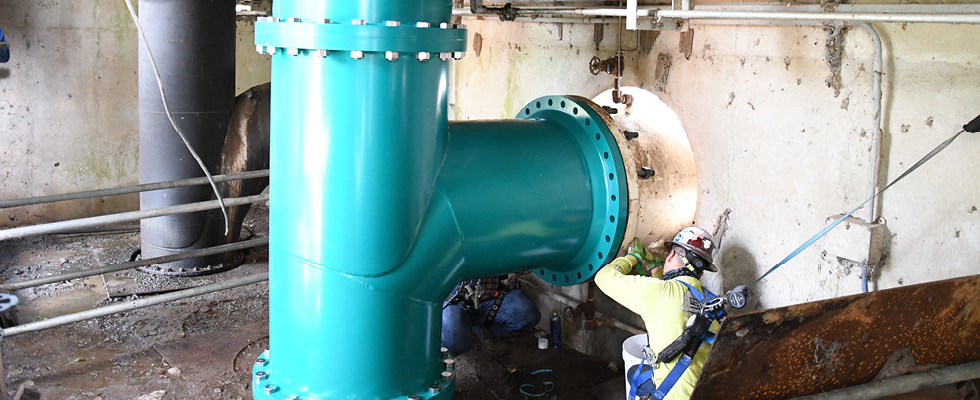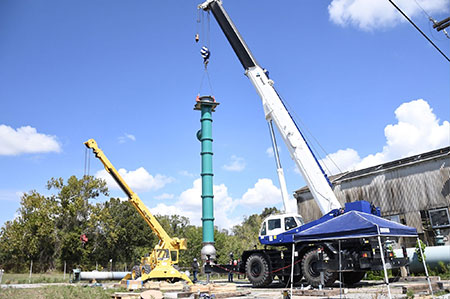
A constant in oil and gas is the need for effective fluid management. Whether it is water used to flood declining conventional and offshore wells, water injected to fracture underground shale or steam used for oil sands extraction, efficient and sustainable fluid handling is crucial.
As sustainability climbs the regulatory agenda, oil and gas operators face intertwined challenges of corporate responsibility and sustainability demands, regulatory compliance and resource efficiency. Recent research has identified evolving policies and regulations among the top trends disrupting the industry. Notably, emerging technologies also topped the list.1 As challenges intensify, operators are leaning into advanced technologies and data analytics to deliver better outcomes. Fluid handling is no exception.
By tapping into new strategies and advanced solutions like intelligent monitoring, companies can give operators the tools they need to get ahead of problems. The result is reduced production downtime, lower operating costs, enhanced performance and safety and better environmental outcomes.
A case in point is a United States refinery that faced an increasingly common challenge: managing wastewater safely and efficiently while dealing with aging infrastructure and tightening environmental regulations.
The refinery’s single-train wastewater infrastructure was showing its age and needed urgent maintenance to meet regulations and avoid failure. However, with no redundancy in place, the refinery was looking at reducing capacity or shutting down. Rather than accept the downtime, operators sought alternative solutions to keep the refinery running.

The solution involved the use of flotation equipment, using dissolved nitrogen as a temporary measure to treat wastewater efficiently during maintenance. This involved converting a clarifier into a biological treatment basin and using ponds for clarification. The refinery stayed online while the upgrades were deployed, saving costs and ensuring the company was on track to meet environmental commitments.
In another example, a U.S. refinery needed to increase the flow of cooling water but was constrained by the existing infrastructure, particularly a short sump.The operators worked with an expert team to deploy a solution combining advanced engineering and computer modeling. The result was a custom pump with vortex suppression capabilities to accommodate the increased flow requirements within the limited sump depth. This custom design was crucial to ensure the reliability and efficiency of the cooling system.
Digital solutions and data analytics are helping operators take fluid handling to the next level. For instance, advanced remote tracking technology can arm operators with the information they need to respond to potential issues and improve task accuracy. When operators are fed actionable information, they spend less time on the road and have more time to dedicate to developing solutions that preemptively address issues, enhance pipeline safety and minimize the risk of accidents or ruptures.
While fluid management remains complex, oil and gas operators are rising to the challenge. Custom solutions help solve complex problems while addressing the challenges of regulatory compliance and operational efficiency.
References
deloitte.com/us/en/insights/industry/oil-and-gas/oil-and-gas-industry-outlook

